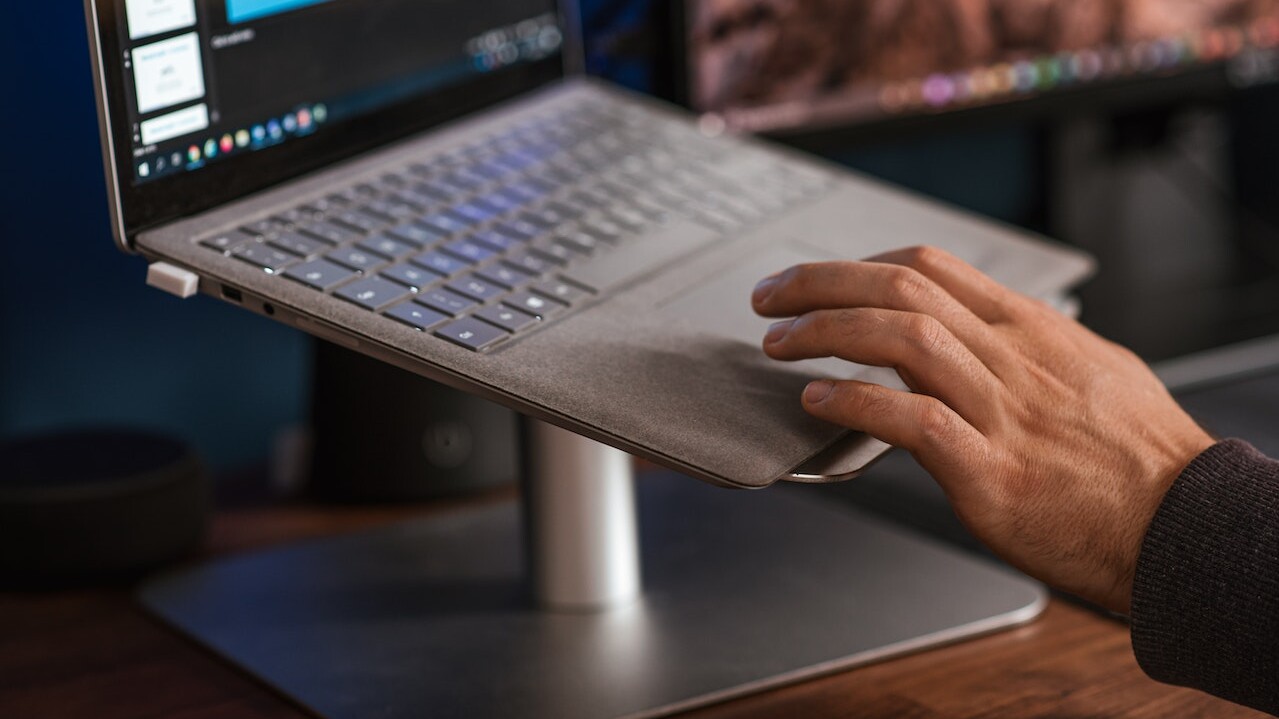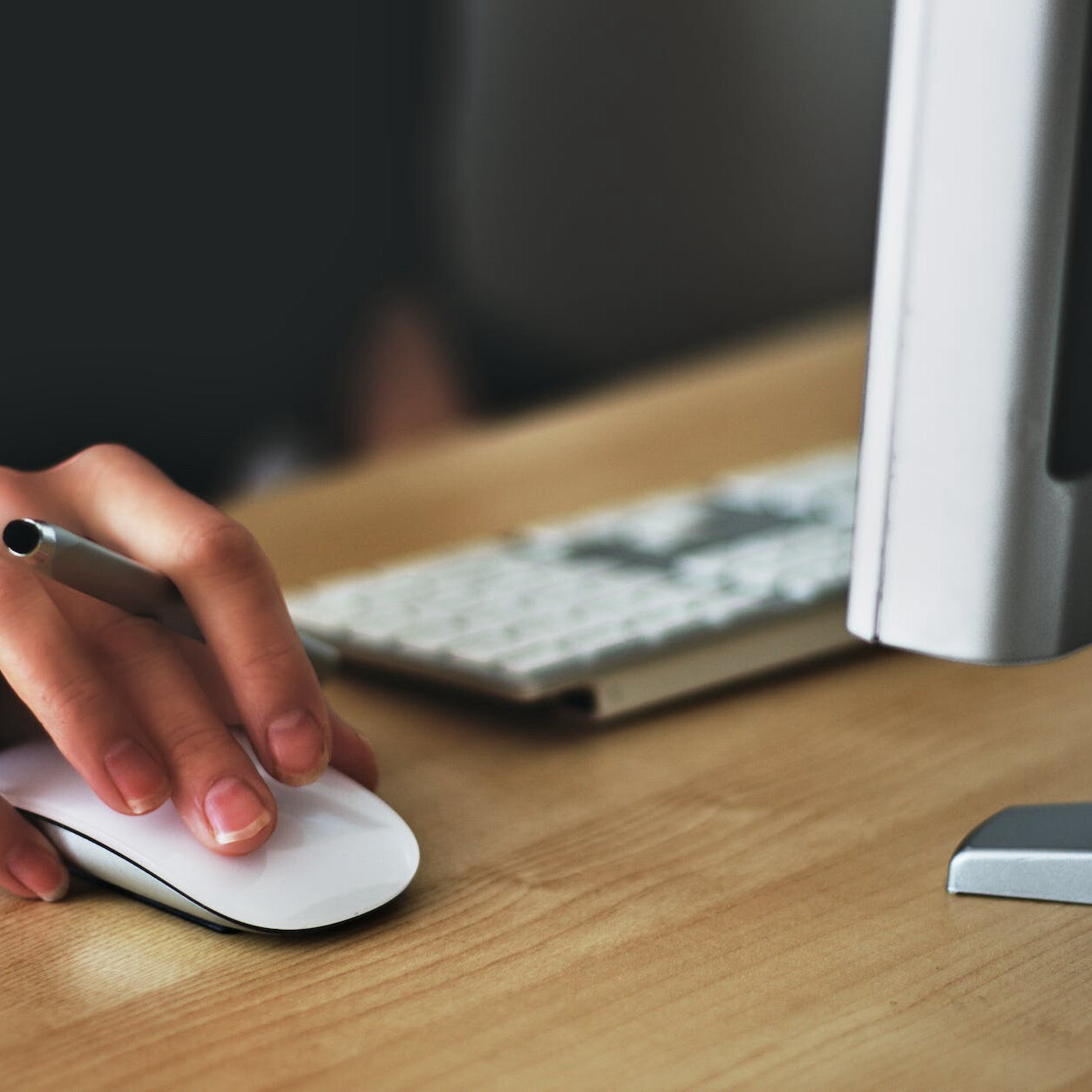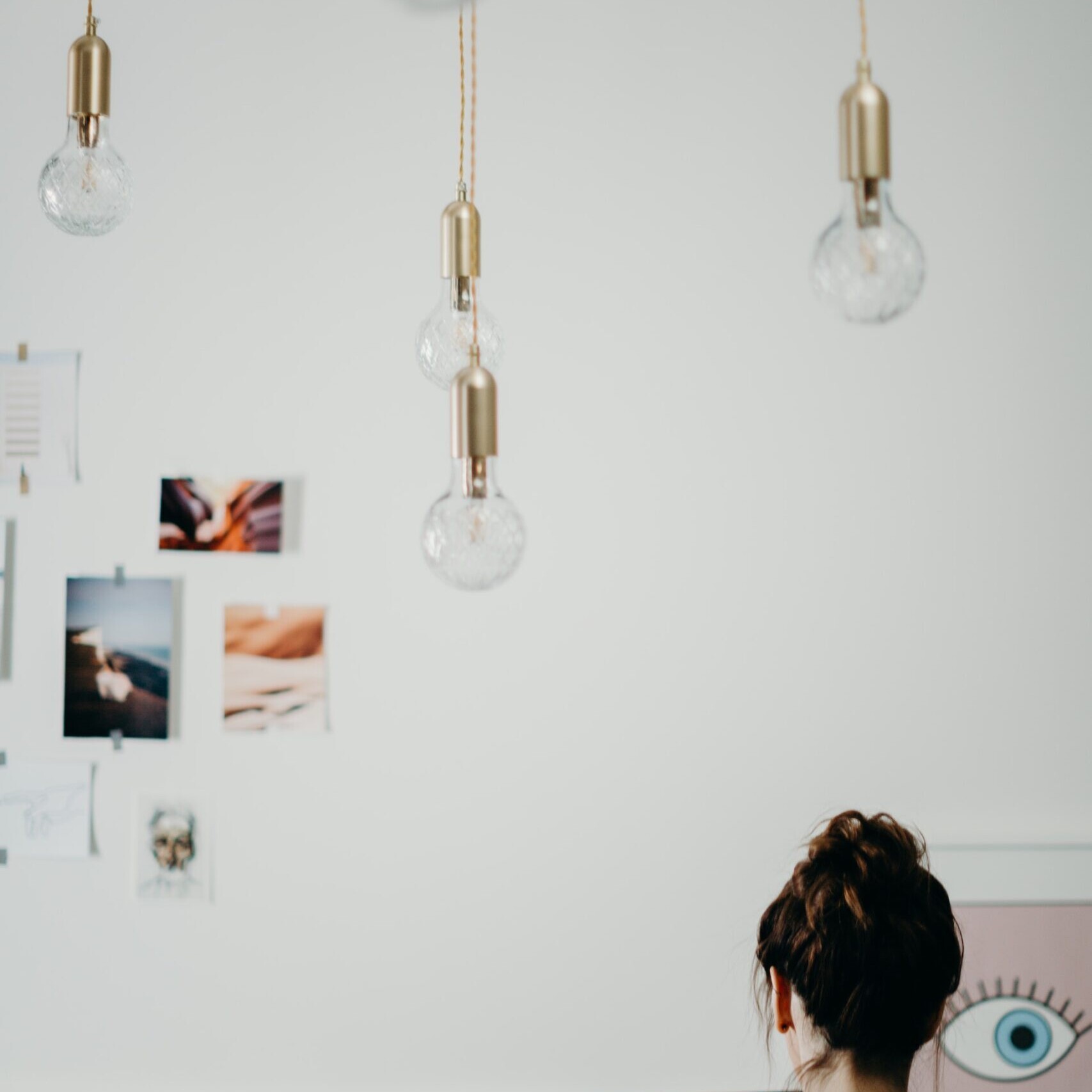The Organized UI: Prioritizing Content Through Visual Hierarchy
When planning out an interface with any amount of information, visual and contextual design content must be organized for maximum user experience. Using type, color, contrast, shape, placement and scale, among other layout qualities – a designer can organize elements on a page so that users get a sense of visual importance – leading them to a greater chance of engagement.
With a great deal of weight placed on user experience and pathways today, visual hierarchy can be a great instrument in the toolbox of a UI designer and digital strategist. Both content creators and designers must align to create a strategy for prioritizing their content.
Benefits of Using Visual Hierarchy
- Hierarchy guides the user from one element to the next, ideally in a flow corresponding to the content’s message.
- Creating a visual hierarchy provides a bird’s eye view of how to design so that users engage with your site optimally.
- Through the greater prioritization of content and image, the visual hierarchy will offer greater comprehension, communication and conversion all around.
Implementing Visual Hierarchy
- If the content is the most important part of the page, don’t create elements that draw attention away from it.
- Make certain that the UI is separate from the main body content and doesn’t blend in with something else on the page, like a footer.
- Determine where the audience should be directed first. Bring initial attention to this spot and identify calls to action or next steps.
- Allow the main element to resonate. Don’t place visual importance on too many elements; the whole interface will become overwhelming.
- Make the calls to action, such as navigation, forms, and contact information, easily accessible to the user so they can accomplish their tasks as quickly as possible.
Through the use of visual hierarchy, the overall usability of a site is increased, bringing a range of benefits from SEO optimization to heightened conversion. Taking the time to align assets with an organized layout strategy and creating user pathways is the ideal route to take when embarking on a new site initiative or redesign.
Related Articles
Navigating the Design of Input Controls in UI
January 6, 2024
UI Signifiers in Website Design
January 5, 2024



